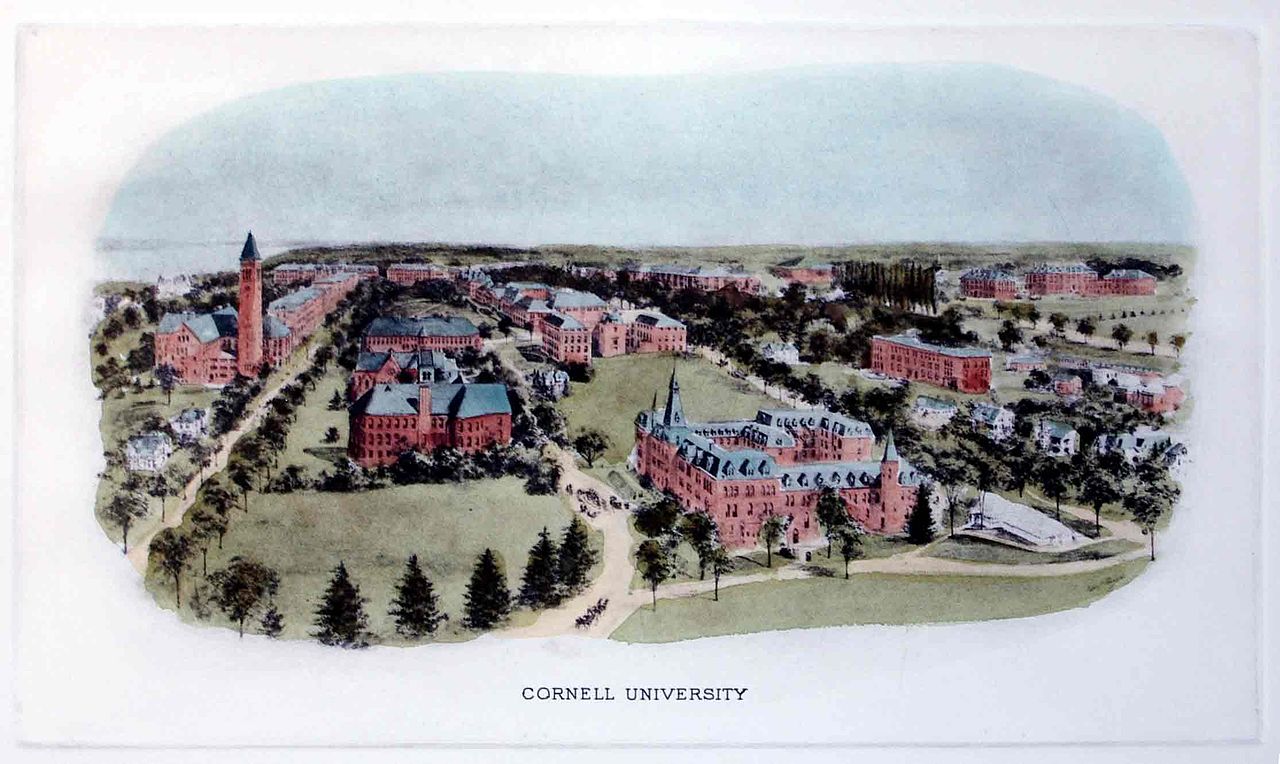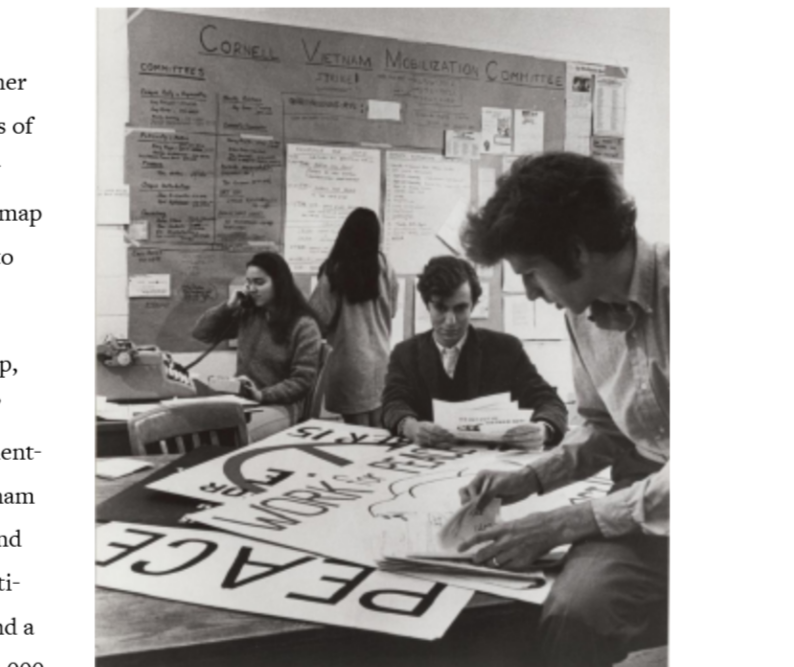
Beginnings
Part I: (1868–Early 1900s)
- The Cornellian yearbook was first published in 1868, just three years after Cornell University was founded.
- It quickly became a student-driven record, blending portraits, poems, campus life sketches, and early student organization notes.
- These early editions captured the energy of a brand-new university experimenting with its motto: “Any person, any study.”
- The yearbook became a way for students to document their own story, beyond official records — the first visual and written legacy of Cornell’s identity.

A Changing World
Part II: (Mid-1900s–1990s)
- Throughout the 20th century, the Cornellian became a mirror of Cornell’s larger role in American history.
- In the 1960s–70s, students used the yearbook to capture campus activism: the 1969 Willard Straight Hall takeover by Black students fighting for representation, anti-war protests, and movements for gender equality.
- The Cornellian preserved not just smiles and formals, but also the power of protest and student voice — a chronicle of a generation demanding change.
- The book also highlighted moments of pride and success: championship teams, Nobel Prize–winning faculty, and alumni breaking barriers in science, politics, and the arts.

Today
Part III: (2000s–Present)
- Today, the Cornellian continues its role as both a memory book and a historical document.
- Each volume celebrates students’ milestones — from traditions like Dragon Day and Slope Day, to moments of resilience like navigating the COVID-19 pandemic.
- The book reflects the diversity and creativity of the Cornell student body while also linking current students to the 160+ years of alumni who once flipped through its pages.
- Purchasing or contributing to the Cornellian connects you to a living legacy: a record of challenges, successes, and a community that future generations will remember forever.